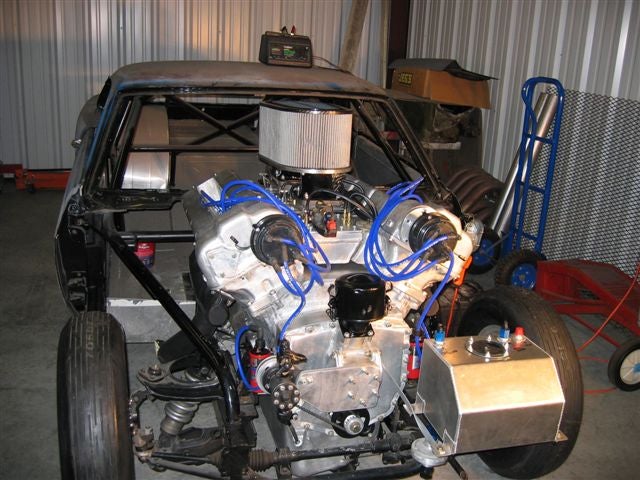Originally Posted By: earlyre
Originally Posted By: flacoman
Chrysler made a 30 cylinder radial out of 5 flathead 6's !
http://jalopnik.com/5156050/[censored]-kickin-engine-of-the-day-chrysler-a57-multi-bank
http://en.wikipedia.org/wiki/Chrysler_A57_multibank
that bad boy went into M4A4 Sherman Tanks (mainly supplied to the Brits, US Preferred the V8 powered M4A3)
Chrysler claimed it could still move the tank with 12 of the 30 cylinders out of commission.
http://en.wikipedia.org/wiki/M4_Sherman
If the big block Chevy were designed earlier, we'd have won the war six months earlier. All that to make 470 HP? My grandfather's 1936 Chris Craft Racing Runabout had on of those with triple updraft carbs.
Originally Posted By: flacoman
Chrysler made a 30 cylinder radial out of 5 flathead 6's !
http://jalopnik.com/5156050/[censored]-kickin-engine-of-the-day-chrysler-a57-multi-bank
http://en.wikipedia.org/wiki/Chrysler_A57_multibank
that bad boy went into M4A4 Sherman Tanks (mainly supplied to the Brits, US Preferred the V8 powered M4A3)
Chrysler claimed it could still move the tank with 12 of the 30 cylinders out of commission.
http://en.wikipedia.org/wiki/M4_Sherman
If the big block Chevy were designed earlier, we'd have won the war six months earlier. All that to make 470 HP? My grandfather's 1936 Chris Craft Racing Runabout had on of those with triple updraft carbs.

